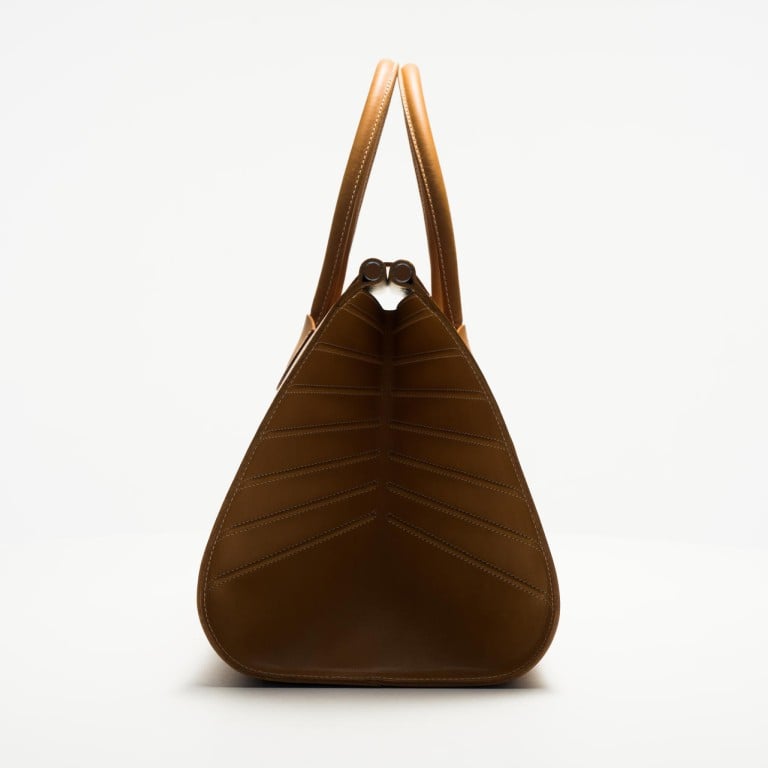It bags were once the objects of desire, but have evolved into masterpieces of individuality

Here we are, in 2015, and a latter-day practicality appears to have settled in among the luxury-buying classes
Step into any sophisticated shindig anywhere in the world holding a Hermès Birkin bag, and immediately be identified as a woman of considerable means and taste. Walk into the same event carrying a Lady Dior, and after Rihanna's recent endorsement of it, it looks fresh again. Even Prada's nylon backpack from the 1980s has a retro-relevance to it.
All three were "It" bags in their time. Some of these bags, such as the Birkin, became an icon. Not all enjoyed the same status.
The term "It" bag - it came into being in the mid-1980s and peaked in the '90s - was ascribed to high-end designer bags that fashionistas obsessed over. There were only one or two a year, anointed by some fashion bible or another.

Waiting-lists piled up, average earners saved up for months - they were the ultimate aspirational item, something to indicate not only that you could afford what everyone else coveted, but, more importantly, that you knew what that was. It was like belonging to an exclusive club. Or maybe not so exclusive: the Fendi Baguette, so named because of its resemblance to a small French loaf of bread, reportedly sold 100,000 pieces in the first year of its launch in 1997. Interest in the accessory heightened after Sarah Jessica Parker's character, Carrie Bradshaw, had her purple sequinned Baguette stolen from her at gunpoint on an episode of Sex and the City. For a while there, "It" bags were what kept interest in the world of luxury accessories alive. They were the summer blockbuster in a year of sameness, the tentpole accessory that kept everything else afloat.
But here we are, in 2015, and a latter-day practicality appears to have settled in among the luxury-buying classes. There are still beautiful, expensive, exquisitely-crafted bags. But it's more difficult now to create the same frenzy for a particular bag than a couple of decades ago.


And, say industry insiders, not everyone wants to be part of a club. Instead, they want a bag because they like how it feels on them, how it functions in their life - and not just because everybody else has it.
Certainly, there was an element of that copycat syndrome when the "It" bag craze was at its zenith in late '90s and early 2000s: Louis Vuitton's Murakami bag was everywhere, as was Balenciaga's The City and Gucci's soft leather hobo, Jackie, relaunched by Tom Ford in 1999 and named after the late First Lady, Jacqueline Kennedy Onassis. And the Lady Dior was not the only bag to be associated with the late Princess Diana, who was given the elegant casework-stitched bag with the dangling Dior letters by the then French First Lady, Bernadette Chirac. Tod's created a leather tote back in 1997 and called it the D-Bag, after the late British royal - and it became an instant "It" bag and an enduring classic.
But Alessandra Facchinetti, creative director of Tod's, former right hand to Tom Ford, and once at the creative helm of Valentino, says that it's now less about the "It" bag than an enduring classic that can be used for years, rather than months.